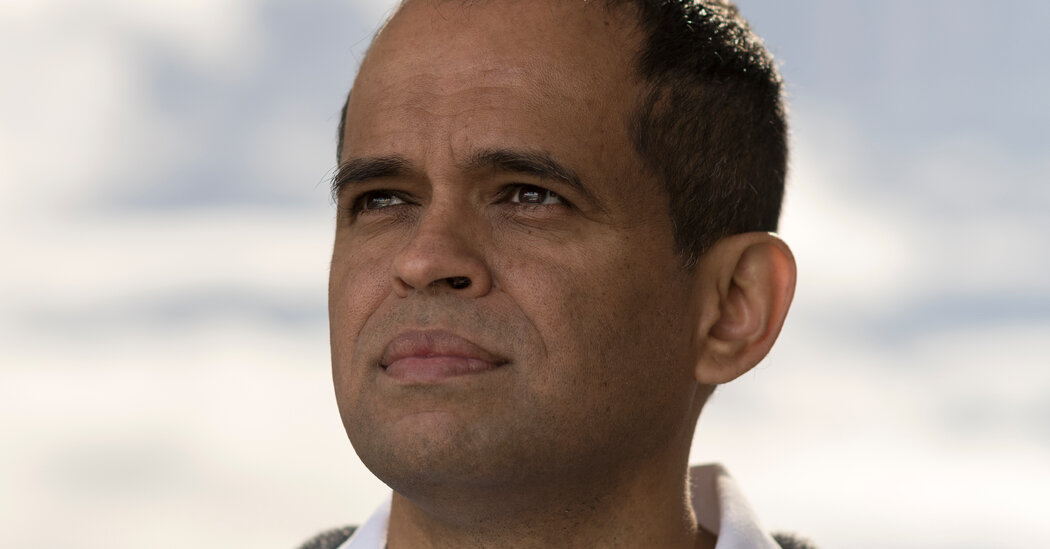The story (or intro) is actually very short but the internal email (in post #2) begins "This is a long email. Please take 30 minutes to read through the email in its entirety." I know many of you would rather take your chances lying on a train track for 30 minutes but I think the insight into the internal dynamics is fascinating. (And nobody is forcing you to read or have entered this thread.)
The mushroom next to the tree metaphor strikes me as the biggest load of bullshit since trickle-down economics.
Internal Memo: Zappos is offering severance to employees who aren’t all in with Holacracy
By Aimee Groth
March 26, 2015
Zappos, the online shoe retailer owned by Amazon, is in the process of adopting a new management structure called Holacracy, a tool designed for companies to become self-organizing. Since the rollout began in 2013, it’s been a bumpy ride for the Las Vegas-based company’s 1,400-some employees. Quartz reported earlier this year that the shift has led to some employee departures and questions over whether Holacracy is more about PR and branding for Zappos than systemic organizational change. Alexis Gonzales-Black, the Zappos recruiter tasked with co-leading the transition, left the company (citing personal reasons) in advance of the memo.
Since Zappos moved its corporate campus to downtown Las Vegas in 2013, a number of employees have become frustrated with the number of new initiatives led by a CEO with a bent toward experimentation. The company is currently testing an “Open Market” system within its call center, allowing customer service representatives to set their own hours, leading some to take advantage of the new framework. A Zappos employee, who asked not to be named, told Quartz that there’s a lot of uncertainty around how compensation will be determined under a system where employees fill multiple roles instead of holding job titles.
In his memo, Hsieh detailed the theory behind self-organization and asked employees for input on how to increase performance in a company without traditional managers. Hsieh says he’s now taking a “rip the bandaid” approach, and that the company will “begin the process of breaking down our legacy silo’ed structure/circles of merchandising, finance, tech, marketing, and other functions and create self-organizing and self-managing business-centric circles instead by starting to fund this new model.” Managers who are in good standing will receive their salaries until the end of 2015 but must find other roles: “To be clear, managers were absolutely necessary and valuable to the growth of Zappos over the years under our previous structure.”
The entire memo is reprinted below.
The mushroom next to the tree metaphor strikes me as the biggest load of bullshit since trickle-down economics.
Internal Memo: Zappos is offering severance to employees who aren’t all in with Holacracy
By Aimee Groth
March 26, 2015
Zappos, the online shoe retailer owned by Amazon, is in the process of adopting a new management structure called Holacracy, a tool designed for companies to become self-organizing. Since the rollout began in 2013, it’s been a bumpy ride for the Las Vegas-based company’s 1,400-some employees. Quartz reported earlier this year that the shift has led to some employee departures and questions over whether Holacracy is more about PR and branding for Zappos than systemic organizational change. Alexis Gonzales-Black, the Zappos recruiter tasked with co-leading the transition, left the company (citing personal reasons) in advance of the memo.
Since Zappos moved its corporate campus to downtown Las Vegas in 2013, a number of employees have become frustrated with the number of new initiatives led by a CEO with a bent toward experimentation. The company is currently testing an “Open Market” system within its call center, allowing customer service representatives to set their own hours, leading some to take advantage of the new framework. A Zappos employee, who asked not to be named, told Quartz that there’s a lot of uncertainty around how compensation will be determined under a system where employees fill multiple roles instead of holding job titles.
In his memo, Hsieh detailed the theory behind self-organization and asked employees for input on how to increase performance in a company without traditional managers. Hsieh says he’s now taking a “rip the bandaid” approach, and that the company will “begin the process of breaking down our legacy silo’ed structure/circles of merchandising, finance, tech, marketing, and other functions and create self-organizing and self-managing business-centric circles instead by starting to fund this new model.” Managers who are in good standing will receive their salaries until the end of 2015 but must find other roles: “To be clear, managers were absolutely necessary and valuable to the growth of Zappos over the years under our previous structure.”
The entire memo is reprinted below.
Last edited:


